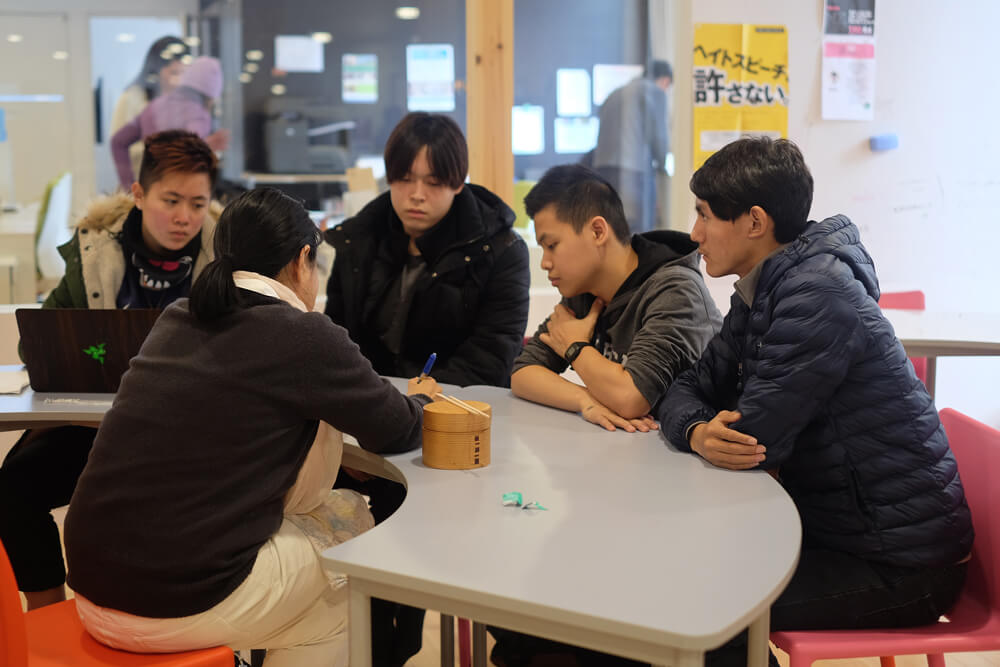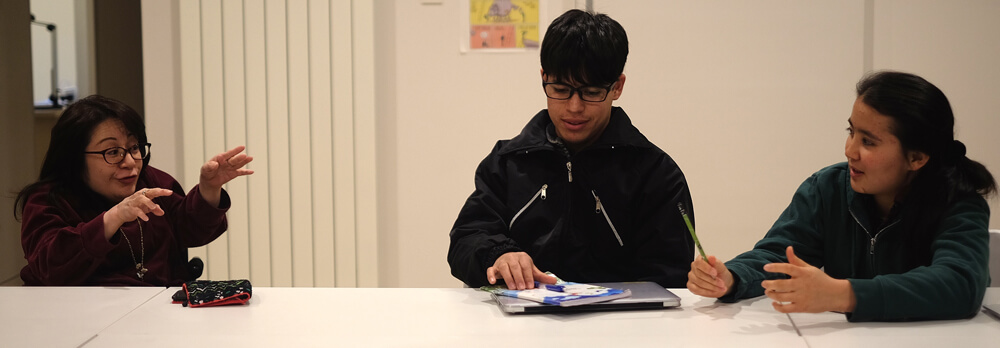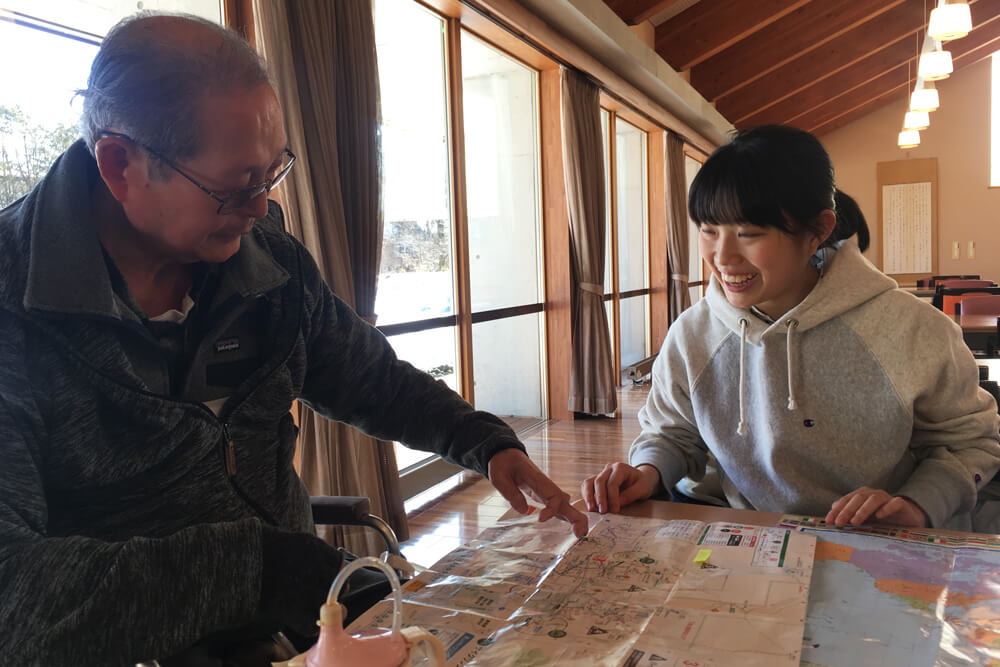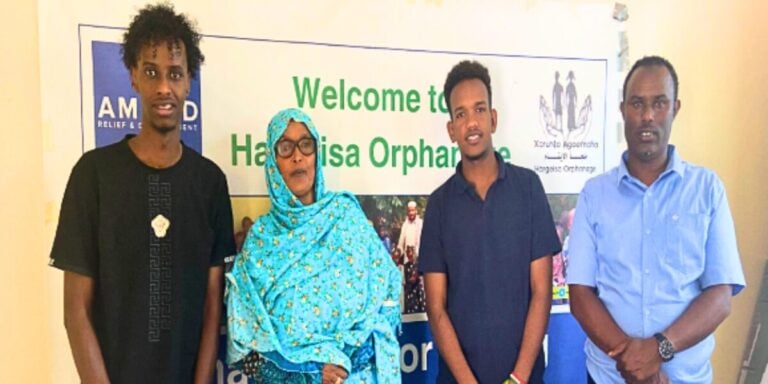 This post was contributed by ISAK’s Design Innovation and Science teacher, Izumi Tsurumi. Ms. Tsurumi received a Bachelor’s degree in Biology and Education at Macalester College, and earned a Master of Education from Harvard Graduate School of Education in International Education Policy. Ms. Tsurumi is inspired by the potential of education to empower youth to make positive changes in society.
This post was contributed by ISAK’s Design Innovation and Science teacher, Izumi Tsurumi. Ms. Tsurumi received a Bachelor’s degree in Biology and Education at Macalester College, and earned a Master of Education from Harvard Graduate School of Education in International Education Policy. Ms. Tsurumi is inspired by the potential of education to empower youth to make positive changes in society.
 Currently, students in the Design Innovation class are working on a design challenge: “How might we support diverse community members to enhance their sense of well-being?”
Currently, students in the Design Innovation class are working on a design challenge: “How might we support diverse community members to enhance their sense of well-being?”
Each team of students has selected and has connected with clients ranging from people with physical disabilities, people who need hearing support, and the elderly. In order to meaningfully tackle the design challenge and create solutions that truly attend to their clients’ needs, one thing we emphasize in the class is taking our time and being skillful in “empathizing” with the clients.

Students are taking a three step approach to empathizing with their clients: Observe, Engage & Do.
Observe: Students first spend time with their clients to start and build relationships, while making observations on their clients’ behavior, interactions and surroundings.
Engage: Students work to craft good, open-ended questions to draw stories, thoughts and emotions around the design challenge, and conduct interviews with clients to understand them on a deeper level.
Do: Students actually put themselves in the shoes of their clients by simulating experiences of their clients, for example by spending a day in a wheelchair or by wearing earplugs to simulate hearing loss.

One thing we focus on in the empathizing process is to let go of our assumptions and to meet the clients as they are, which is often quite challenging. We practice differentiating observations from inferences, so that students are aware when they are creating stories based on what they heard or saw. Students also practice active listening skills to be very present as they listen to their clients’ stories. They also learn about capturing stories that are not always obvious, such as fears, hopes, wishes, and what’s important for their clients. Through this process, we hope to nurture students who practice compassionate and empathetic leadership.




